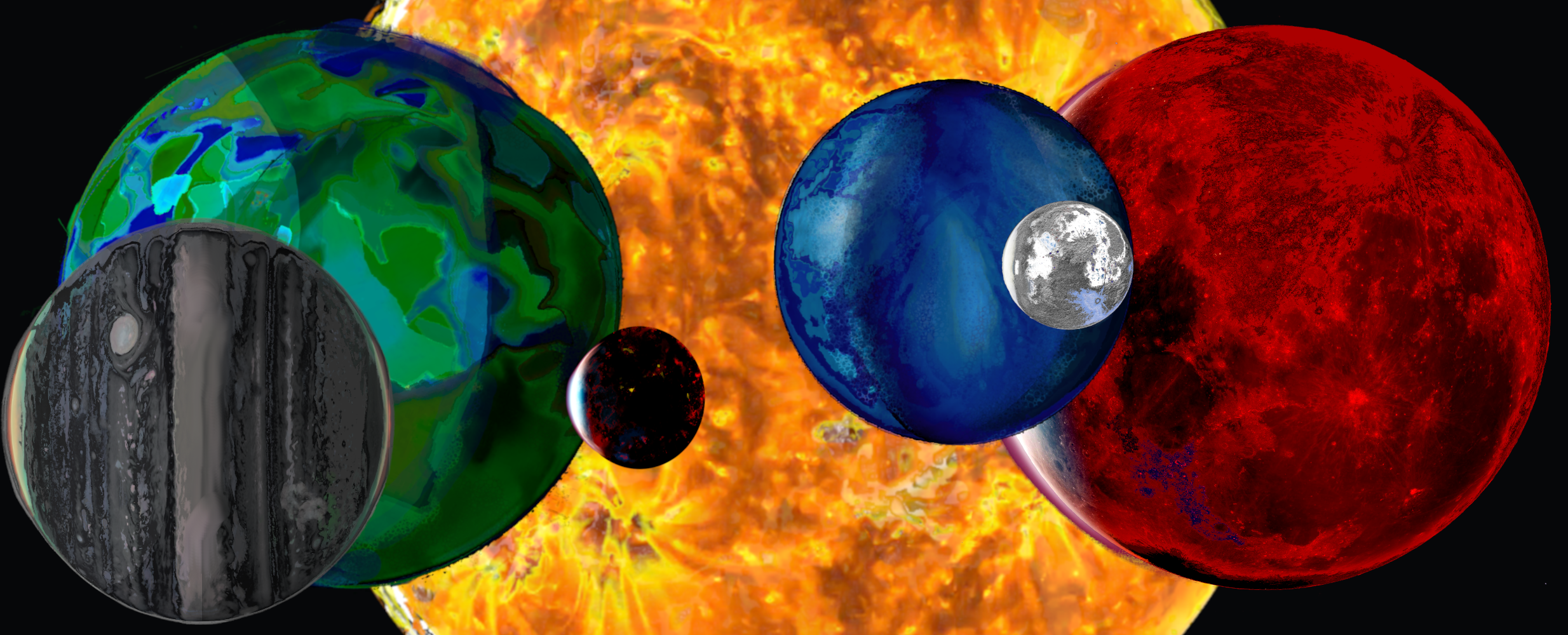The Seven Moon Festival
Although celebrated by Qh'énns, Mỳdrians, Callessai, Hœmmé, Kharnnes, and northern Daoshi, it is believed to have its origin among the Mỳdrians.
Depending on the cycles of the moons, this Festival can fall anywhere between mid-to-late spring, though the summer, or at the latest, early autumn. The Festival is held when all seven are full and in the sky. Due to the erratic cycle of the Gold Moon, the Festival can only happen every 20 years, and occasionally, it cannot be held at all during the year of the Gold Moon's presence in the sky.
The Festival starts at sundown and passes through the entire night and ends at the following dawn. It is a child-centric holiday where children are allowed to stay through the night (if they are able to stay awake) dancing, singing, stringing bright coloured ribbons around poles, hanging charms and prayers in the trees, eating sweets and making offerings to the Seven Moon Goddesses.
As the festival is staggered by the orbits of the seven moons, it is considered a great time of good fortune, renewal, and auspicious fertility. Children born in the weeks before and after are considered to be incredibly blessed. A child born during the actual festival is all but considered semi-divine—having been birthed by the very moon goddesses themselves—and thus destined for true greatness.
Among the Mỳdrians, it is the wise women who study the skies and ancient petroglyphs to determine when the next festival will be held. They prepare for it secretly as its announcement is considered to be nigh sacred and cannot be proclaimed early. Similar qabal of scholars, priests, and wise ones predict the event for other communities. In Qh'énnish lands, it is not unknown for the locals to approach the Mỳdrian wise women and ask for their guidance when it seems the fullness of the moons presume the festival. For the rest of the years long wait, the Mỳdrian wise women are feared and scorned by the Qh'énns.
It is called Ỳsha /ɑɪʃɑ/ by the Mỳdrians; the etymology of Ỳsha, is unknown. Other tribes of Gruthe have similar derivative names: the Qh'énnish it is called Vaiskya /vɑɪskjɑ/; the Daoshi use the Qh'énnish term; the Kharnnish call it Bhvesht /bʰvɛʃt/; and the Hœmmé-Raachern variant is Veskaiya /vɛskɑɪjɑ/. However, other than the Mỳdrian-derived Ỳsha, all the other peoples who celebrate the Seven Moon Festival have names that are more literal.
A smaller festival is held in the period between the Gold Moon's rise when the other six moons are full at the start of the planting cycle. These events are also predicted by the wise women of the Mỳdrians or other such figures privy to arcane knowledge.
Related Ethnicities



Comments